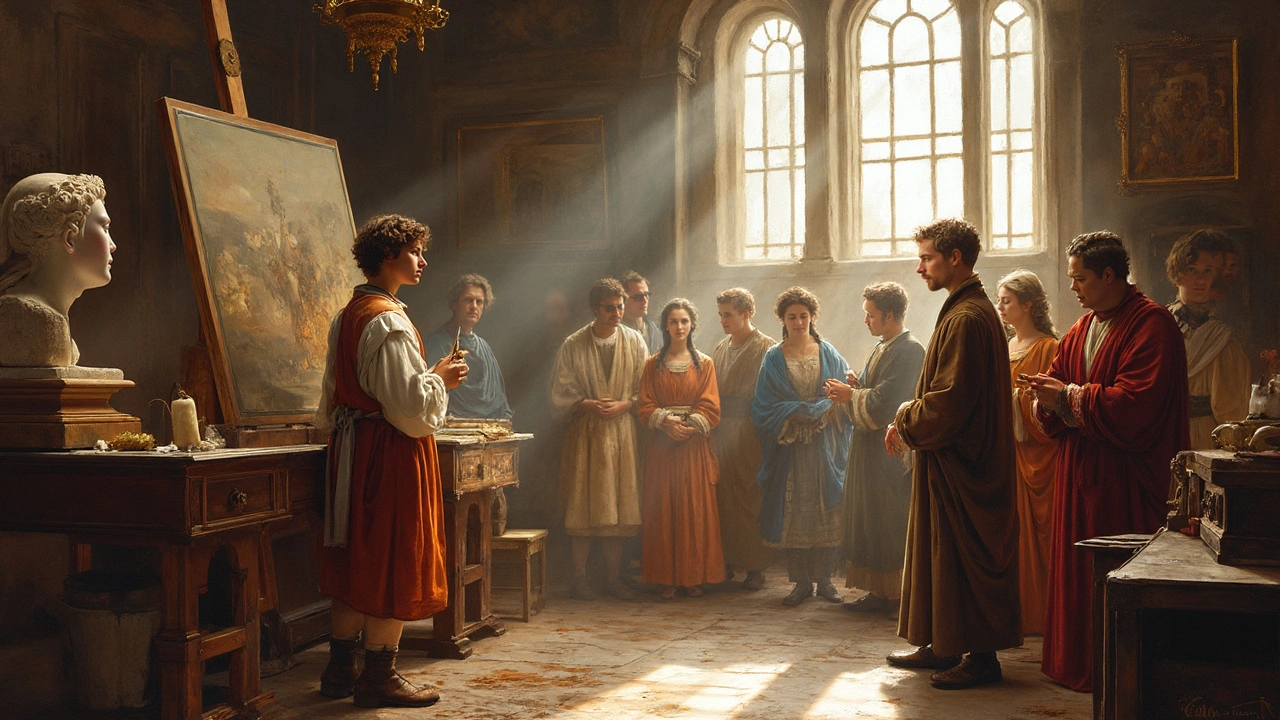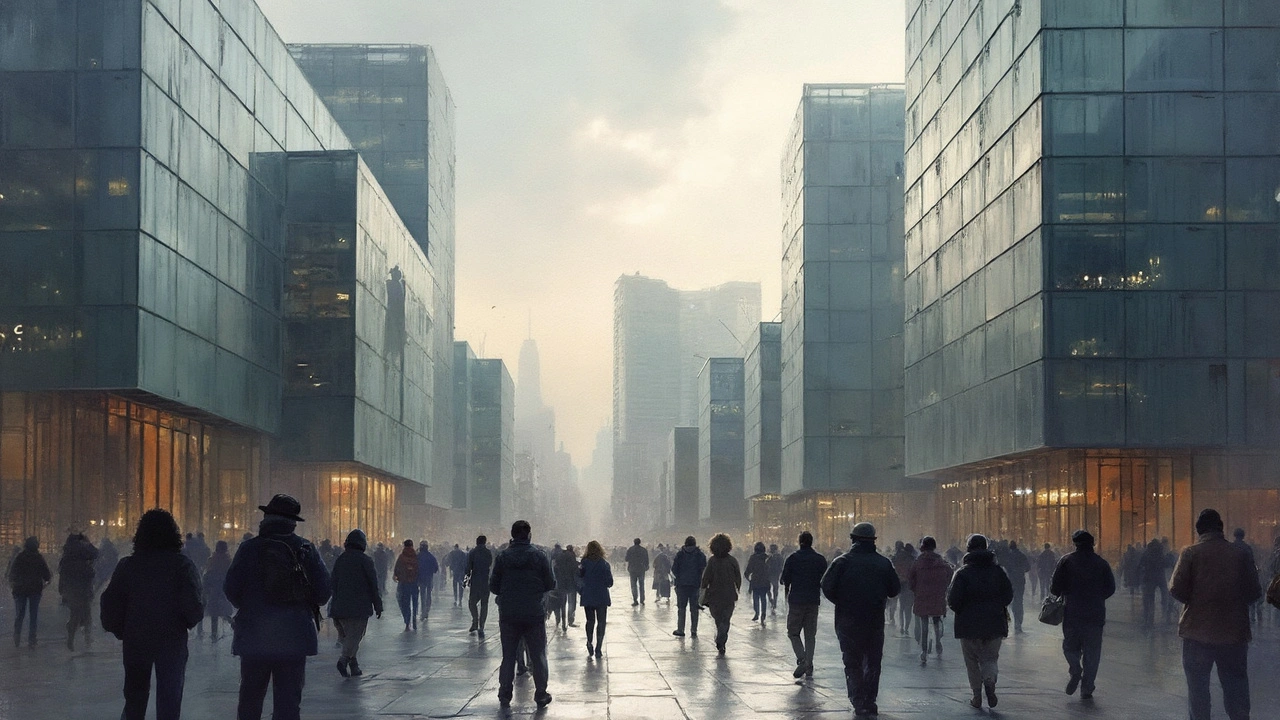This article breaks down how the Renaissance flipped the script on what it meant to be an artist. It digs into why painters and sculptors went from anonymous workers to household names during this period. You'll get a look at the big shifts in thinking that let creative people stand out and take credit for their work. Find out how these changes still shape our view of art and artists today. You'll also pick up tips on spotting real Renaissance influence in modern art.
Modern Art: Where Architecture Meets Bold Ideas
Modern art changed how buildings look and feel. If you want to spot that shift on the street, start by watching how designers use shape, material, and function instead of old rules. This page helps you see the difference, points out key movements, and tells you which articles on ChambersDesignInc to read next.
How to spot modern art in buildings
Look for simple, honest forms. Modern movements often favor clean geometry over heavy ornament. Materials matter: exposed steel, glass walls, concrete surfaces and visible structure usually signal a modern approach. Pay attention to how spaces flow—open plans, large windows, and indoor-outdoor blends are common. Also notice playfulness: colors, unexpected angles, or decorative irony can point to postmodern or expressionist ideas.
Different modern styles have clear clues. Bauhaus favors function and minimal detail. Mid-century modern leans on warm wood, tapered legs, and human-scale proportions. High-tech buildings show off their systems—ducts, beams, and joints become part of the look. Neo-futurism goes theatrical: sweeping curves, shiny materials, and designs that feel like motion. If a building looks like it’s making a statement about industry or politics, it might be constructivist or expressionist.
Practical ways to explore modern art on this site
Start with short reads to build context. Our Bauhaus Style and Mid-Century Modern posts explain basic features you’ll spot on a walk. Want a skyline perspective? Read High-Tech Architecture and Neo-Futurism to see how materials and tech reshape cities. For radical forms and bold statements, check out Constructivist Architecture, Expressionist Architecture, and Postmodern Architecture pieces—each shows different reasons designers broke the rules.
If you’re photographing buildings, shoot the structure early or late when light slants across surfaces. Look for contrast—glass against concrete, or a curved facade next to a straight one. For research, open the Ancient Roman Architecture and Renaissance posts to compare how modern ideas flip older rules about symmetry and ornament.
Curious which movements still influence homes? Read Mid-Century Modern and American Craftsman articles to pick small, practical ideas—furniture choices, window styles, or simple layout changes—that bring modern art into everyday living. If you care about cities, our pieces on Beaux-Arts influence and International Style explain how older planning choices meet modern aesthetics in public places.
Want curated next steps? Click the articles that match what you notice on your walk. Use the keywords on each post to find deeper examples. Modern art in architecture rewards looking closely: one corner detail or a reused industrial beam can open up a whole idea about design.
Keep exploring. Every movement here has clear visual signs and practical tips to help you recognize it fast. If you enjoy spotting patterns, this tag page will point you to the right reads and the best walks through design history.
The International Style revolutionized architecture and art with its emphasis on functionalism and minimalism, greatly influencing modern urban landscapes. Merging simplicity and practicality, this style left a lasting impression, shaping how buildings are designed worldwide. By prioritizing open spaces and sleek lines, the International Style impacted art and design, bridging cultures and fostering a global architectural language. Shell out this guide for an informed exploration of its key features and historical significance.


